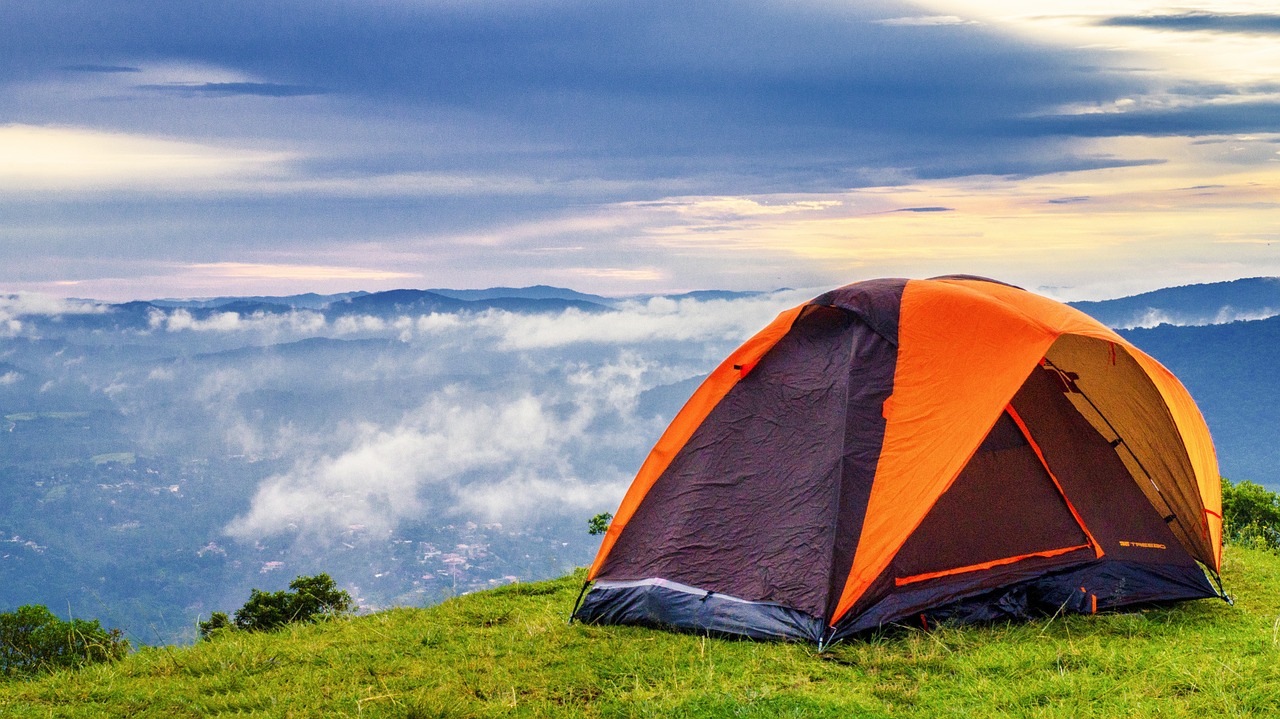
Choosing the right tent can make or break your backpacking adventure. You want something dependable, especially if it’s your first time heading into the wild.
For beginners, the sheer number of options and technical jargon can be overwhelming. Lightweight, double-wall, freestanding—what does it all mean? Relax, we’ll break it all down for you.
A good tent is not just about the cost. It’s about striking the right balance between weight, size, durability, and ease of setup. After all, nobody wants to wrestle with a complicated tent after a long hike.
This guide dives into the essentials, laying out things you need to know before making that big purchase. From understanding key features to exploring the best options out there, I’ve got you covered. Stick around and you’ll know exactly what to look for in your first backpacking tent.
Top 10 Backpacking Tents for Beginners
Criteria for selection: when picking these ten, factors like weight, durability, ease of setup, and price were in the spotlight.
Brief overview of each tent: each model balances functionality and user-friendliness, ensuring a great experience for newcomers.
MSR Hubba Hubba NX: known for its balance of weight and space, this tent is a solid all-rounder.
Big Agnes Copper Spur HV UL2: lightweight but spacious, it prioritizes comfort without stacking up pounds.
Nemo Hornet Elite: offers excellent ventilation, making it a winner in warmer climates.
REI Co-op Half Dome 2 Plus: budget-friendly without sacrificing on features.
Hilleberg Anjan 2: designed for rugged conditions, perfect for more adventurous hikes.
Kelty Salida 2: durable and affordable, it’s a no-fuss option for beginners.
Tarptent Double Rainbow: easy to pitch and superb in bad weather conditions.
Marmot Tungsten 2P: blends affordability with comfort and durability.
ALPS Mountaineering Lynx 1: tailor-made for solo adventurers on a budget.
Vango Banshee 200: strong and reliable, great for weathering the elements.
Pros and cons of each model: break down the strengths and potential downsides, helping you decide what’s best for your needs.
Understanding Tent Features and Specifications
Types of materials and their importance: Tents are made from different fabrics like nylon, polyester, and canvas. Each has its pros and cons. Nylon is lightweight and strong, but it can be more expensive. Polyester is durable and affordable, though a bit heavier. Canvas is incredibly durable but heavy and not ideal for backpacking.
Weight considerations: One of the biggest things to keep in mind is the weight of your tent. You’ll be carrying it on your back, so lighter usually means better, but you don’t want to compromise on durability or space.
Setup complexity: Some tents come with a ton of poles and confusing instructions. For beginners, ease of setup is crucial. Look for tents labeled as freestanding or pop-up to save yourself a headache.
Weather resistance: Mother Nature can be unpredictable. A good tent should withstand wind, rain, and even snow. Check for features like waterproof seams, robust zippers, and wind-resistant designs.
Ventilation features: Nothing’s worse than waking up in a humid, damp tent. Ventilation windows, mesh panels, and breathable fabrics help keep air circulating and reduce condensation.
Tips for First-Time Tent Buyers
Budgeting tips: Start with a clear budget. While it’s tempting to go for the cheapest option, investing a bit more upfront can save you from unexpected pitfalls down the road.
Where to buy: Checking out tents in person can be helpful. Online shopping offers more variety, but an in-store visit lets you see the tent’s size and materials first-hand. Many outdoor stores also have knowledgeable staff who can provide valuable advice.
Reading and understanding tent reviews: Reviews can be a goldmine. Pay attention to both the glowing and critical feedback to get a well-rounded view of each model.
Essential accessories and add-ons: Think about what else you might need. A good footprint protects your tent floor. Extra stakes can come in handy in rough weather. Don’t forget a repair kit for on-the-go fixes.
Maintaining and Storing Your Backpacking Tent
Proper cleaning and drying: After every trip, make sure to give your tent a thorough cleaning. Shake out dirt and debris, wipe down any spots, and always allow it to fully dry before packing it away. Mold and mildew are your tent’s worst enemies.
Storage tips to prolong tent life: Store your tent in a cool, dry place, away from direct sunlight. Avoid keeping it in a compressed state for long periods. Use a breathable storage bag instead of the stuff sack it came with to allow airflow.
Common mistakes to avoid: Never pack your tent wet. It promotes mold growth and degrades the fabric over time. Be gentle with poles and zippers; forcing them can cause damage. Always read the manufacturer’s care instructions.
Repairing minor damages: Small tears or broken zippers don’t necessarily mean the end of your tent’s life. Gear patches and seam sealers can fix minor tears, and zipper repair kits can address those pesky zip issues. Keeping these tools handy can save your tent from becoming an unwelcome surprise on your next adventure.

